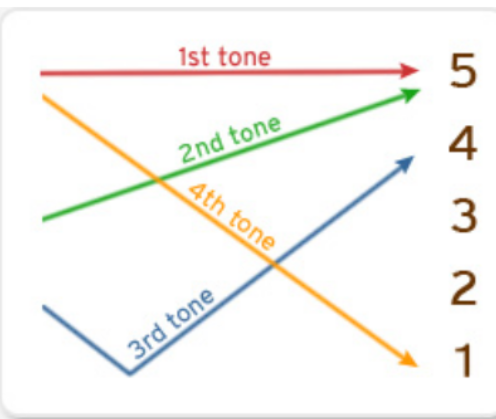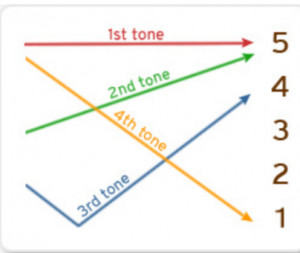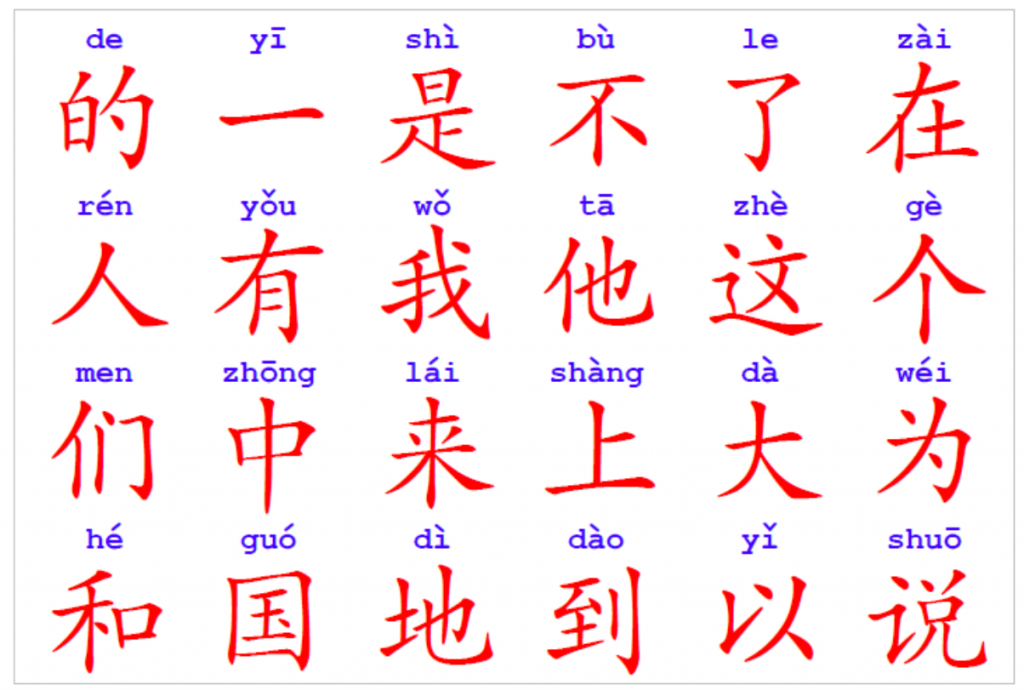Phrases Which Will Impress Your Chinese Friend
Whether you are visiting China, or you are expecting a visit from Chinese friends, it is normal to want to impress them with your astonishing skills when it comes to their language.
It’s time for you to amaze. After all, as the expert writer at assignment writing services, Genista Nina says, “The limit of my language means the limit of my world.”
1. The Greeting
You can never go wrong with a pleasing greeting at the beginning of any of your conversations.
This time, instead of using the monotonous phrase “ni hao” (你好) you can now go with “Hěn gāoxìng jiàn dào nǐ” (很高兴见到你) meaning “It is great to see you”, which is a phrase much less used than the regular, boring hello.
2. Asking Questions, Instead of the Opposite
It is always easier to answer a question rather than to ask a question when it comes to communication in a foreign language. In this case, to really impress your Chinese buddies, take the brave step of asking instead of being asked.
Take your shot with simple questions like “Nǐ jīntiānguò dé zěnme yàng?” (你今天过得怎么样), meaning “How is your day going?”, or something more intriguing like “Shì shénme ràng nǐ de wénhuà bùtóng? (是什么让你的文化不同), meaning “What makes your culture different?”

Souce: https://equinoxstrategy.com/
3. Diving Deeper Into Their Culture
Something that will really dazzle your foreign acquaintances is being curious about their origin. Talk about the characteristics of their way of life, whether it is different or similar to your own.
You can accomplish this by using phrases such as the following-“Zhōngguó de shíwù gēng hǎo ma?” (中国的食物比较好吗) meaning “Is the food in China better?”
It is also important to introduce them to your own way of life in the city or country.
To achieve that start with informing them with some key information about the area you live in. For example, you can say “Wǒmen yǒu yīgè hěn bàng de bówùguǎn” (我们有一个很棒的博物馆), which means “We have a great museum.”
4. Sharing Traditions!
If your Chinese friends happen to be visiting, sharing your traditions is a vital part. A combination of manners and traditions is a great choice.
To accomplish this, approach them with questions like “Nín xiǎng cháng wǒmen de chuántǒng měishí ma?” (您想尝尝我们的传统美食吗), meaning “Would you like to try some of our traditional meals?”
This will be very pleasing since they are just as curious about your culture as you are about theirs.

Source: https://vidyasury.com/
5. Learn to Compliment
Compliments are the easiest way to someone’s heart. Try to make compliments as personal as possible, to reveal the fact that you are not complimenting them just to impress them.
There are a few ways you can do this. For instance say “Wǒ hěn xǐhuān nǐ de yīfú” (我很喜欢你的衣服), which means “I like your clothes very much.” To add the cherry on top, add “Nǐ zài nǎlǐ mǎi de.?” (你在哪里买的?) meaning “Where did you buy it?” so they know you are really interested.

Source: https://www.istockphoto.com/
6. The Goodbyes
“Goodbyes” are just as important as “Hello’s”. Leave a good impression by proving that you can maintain your excellent communication, from beginning to end. Bid your foreign acquaintance’s goodbye by making sure you leave the desire in them to come again.
Your goal will be reached with few of the following phrases:
“Zhè jǐ tiān hái hǎo ma?” (这几天还好吗?) – “How are these days?”
“Yǒu kòng zàilái..” (有空再来) – “Come again when you have time.”
“Duō bǎozhòng, bǎochí liánxì.” (多保重,保持联系) – “Take care and keep in touch.”
Learning to exchange information in multiple languages is not only going to impress your Chinese friends but will expand your own limits and knowledge. As Federico Fellini said, “A different language is a different vision of life.”
Now that you have read this blog be sure to check out some of our other blog posts, such as ‘Why Laughing in Mandarin Could Get You in Trouble’ and ‘5 Great Wall Hikes For Every Beijing Tourist’
’











 Source: Wikipedia Commons
Source: Wikipedia Commons




